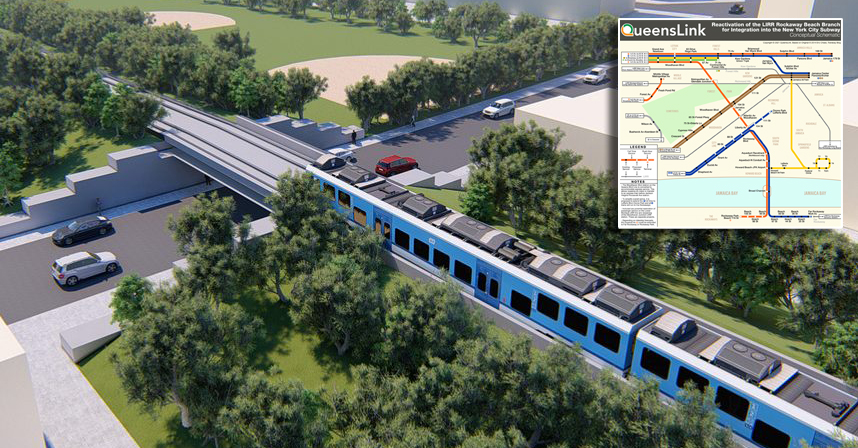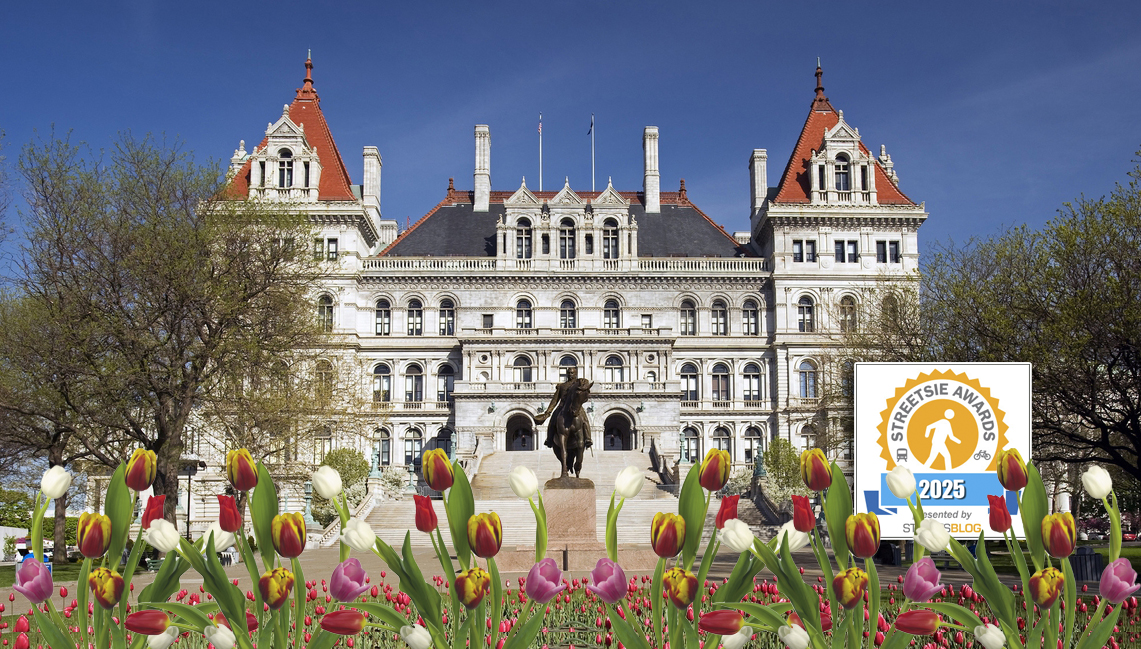In Tokyo, bicycling accounts for 14 percent of all trips. Yet Tokyo does not have the cycling infrastructure of Amsterdam or even Hamburg. As much as wider bike lanes would help, Tokyo residents will bike regardless. If there's no bike lane, they'll just hop on the sidewalk or wherever they feel safe.
Joe Baur produced this excellent Streetfilm. He writes:
Still, it was easy to see some of the same problems in Tokyo that I've seen in my own cycling in Cleveland and throughout the United States. That is, motorists will take that space back when it pleases them.
For instance, while cycling on a beautiful blue lane into downtown Tokyo, my hosts and I stopped at an intersection to get some shots of cyclists passing by. Across the street a delivery truck had pulled over into the bike lane. Ahead of us, a car in the bike lane forced cyclists to either hop onto the sidewalk or move further into the vehicle lane. Unsurprisingly, drivers did not seem keen to make space for the merging cyclists or to slow down.
The other peculiarity was the fact that the responsibility of designing cycling infrastructure falls to the individual districts within Tokyo. Byron Kidd of Tokyo By Bike equated it with New York City boroughs coming up with their own cycling infrastructure, irrespective of one another. The result is, indeed, confusing -- comically so at times.
However, cycling continues to work beautifully in Tokyo. I was surprised by just how young the kids were cycling around the city. I was told that kids start in the back of their parent's bike, then they move up to a handlebars seat when the second child comes along before hopping onto their own bike when they're too heavy. This all makes sense when you consider that it's very common for Japanese children to be sent off on their own at an age many North Americans would consider too young.
There's at least one thing the rest of the world can take from cycling in Tokyo. That is the "Gaman Spirit." Literally, it means "to endure." But when applied to cycling in Tokyo, it refers to everybody getting along.
Whether you're a cyclist, pedestrian, or driver, it doesn't matter. We all have a job to get done, so as Kidd put it, "get it done."





